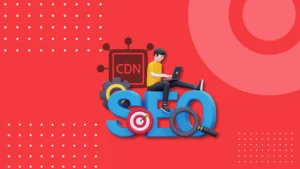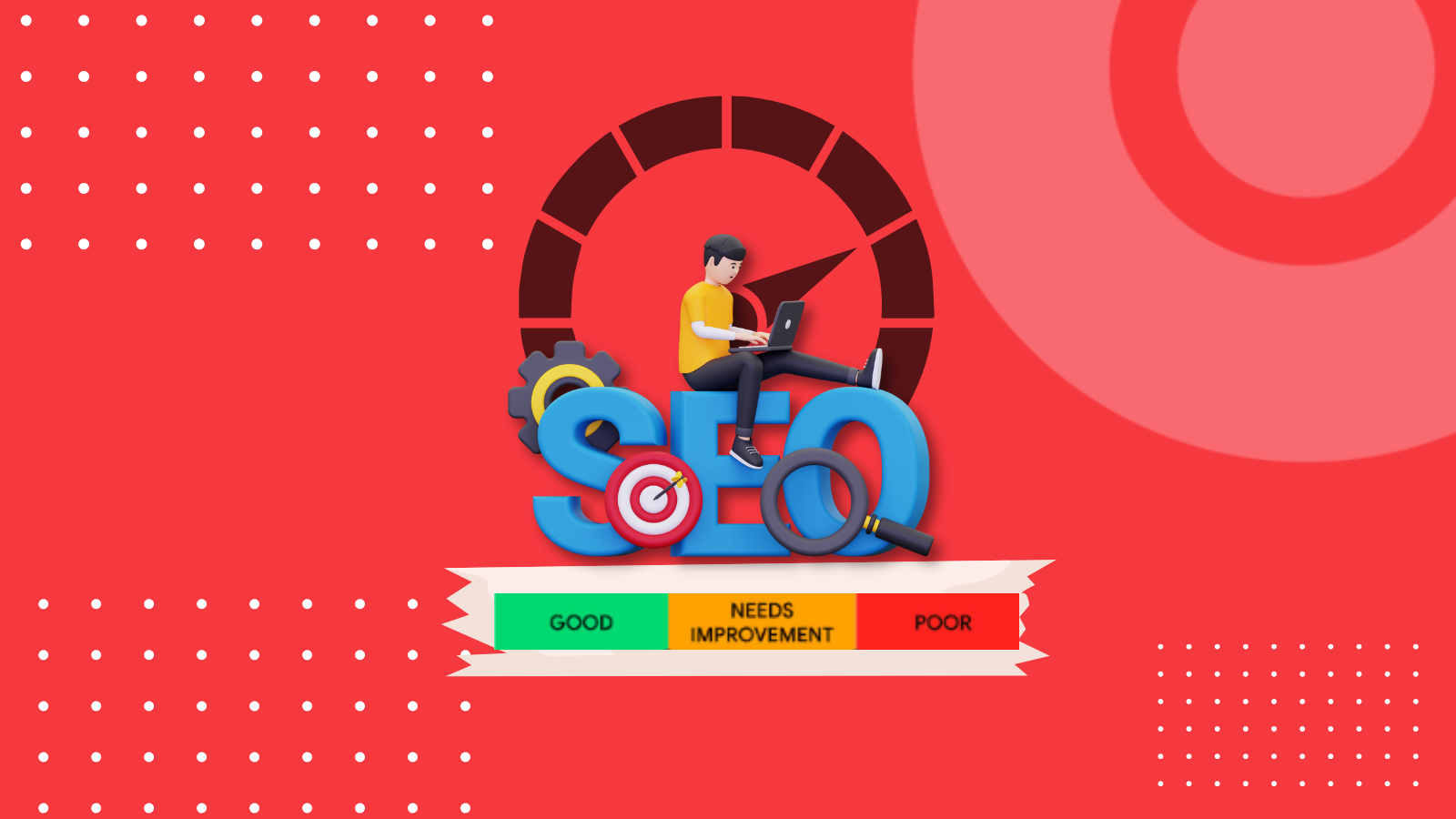Google Clarifies the Impact of CDNs on Crawling and SEO

Introduction
CDN stands for Content Delivery Networks. CDNs are crucial tools for website admins looking to improve website loading time and user experience. However, their impact goes beyond speed optimization, influencing how search engines crawl and index websites. This blog looks into the positive and negative aspects of CDNs and SEO, leveraging Google’s recent insights.
What is a CDN?
A Content Delivery Network (CDN) is a collection of geographically distributed servers that cache content close to end users. A CDN enables the fast delivery of resources required to load internet content, such as HTML pages, Javascript files, templates, pictures, and videos.
How CDNs Benefit Your Site
-
Boosts Speed:
CDNs help cached pages load more quickly because of their proximity to the user.
-
Reduced Server:
By delivering cached copies, CDNs reduce the load on the original server.
-
Enhanced Crawl Rates:
Googlebot may crawl more sites since CDNs may withstand larger thresholds before restricting.
How CDNs Improve Crawling Performance
When a Google bot identifies that a particular website is using a CDN, it increases the crawl limit. This means that Google bot will be able to crawl more pages without experiencing a slowdown, as CDNs manage high traffic loads without compromising performance. This makes using a CDN appealing to SEO experts and SEO professionals and website admins who are interested in increasing the number of pages that are crawled by Google bots.
Usually, Google bot adjusts its crawling behaviour when it identifies a server is reaching a limit that could cause performance issues, further slowing down the server. This process is known as “Throttling”. Throttling helps servers run efficiently. When a CDN is found, Google raises the throttling threshold, helping it to browse more sites while maintaining server performance.
When CDNs Cause Crawling Issues
Although CDNs are usually known for improving website performance, there are times when they can completely block crawling. Google classifies these issues into two types:
-
Hard Block
Hard blocks occur when a CDN responds with server errors such as 500 (internal server error), or 502 (bad gateway). These types of errors signify major problems, causing Google bots to minimize their crawling frequency or remove the affected URLs from the index. Google has advised that a CDN should employ a 503 status code, in order to avoid this problem.
-
Soft Block
Soft blocks happen when a CDN shows one of those bot verifications (for example, “Are you human”) instead of sending the correct 503 status code. Google advises using a 503 is essential to prevent content from being mistakenly removed from the index.
Another hard block happens when error pages incorrectly return a 200 status code. This could confuse Googlebot, prompting it to consider these pages as duplicate content and eventually delete them from the search index. This is a huge problem and recovering from it can take time.
Google’s Recommendations to Avoid CDN-related Problems
In order to avoid CDN-related issues Google suggests employing these debugging practices
-
Using the URL inspection tool
Google advises using the URL inspection tool. This is a tool in the Google Search Console that helps to understand how CDN serves pages to crawlers and fix crawling issues.
-
Checking Web Application Firewall
If the CDN firewall, also known as a Web Application Firewall is blocking Googlebot by IP address one should be able to identify the blocked IP addresses and compare them to Google’s official list of IPs to see whether any of them are on the list.
-
Keeping an eye on blocklists
Check blocklists regularly to guarantee that Googlebot’s IP addresses are not intentionally blocked. This preventive measure may help websites to keep being visible in the search results.
Conclusion
In conclusion, When implemented properly, CDNs may greatly improve both the crawlability and SEO performance of a website. However, incorrect setups might cause crawling issues, ranking drops, and delayed recovery periods. Identifying these possible issues and integrating the suggested strategies will allow businesses to leverage the positive aspects of CDNs while maintaining SEO efforts.
(Source)
CDNs play a crucial role in improving page speed. The quicker a website loads, the more likely it will rank on the Search Engines. Furthermore, a CDN can help businesses index a website faster in the Search Engine Result Pages thus improving the SEO performance and user experience of a website.
Everyone that has access to the web, uses a CDN. CDNs were designed to offer a faster and more reliable experience for people who are accessing the internet. Usually, they are used by content and application owners, as well as internet service providers in order to provide these advantages to the users.
During a CDN outage, the CDN network may face technical issues or become unavailable, restricting users from accessing cached and dynamic information. Therefore, visitors may experience slow loading times, broken links, or complete unavailability of certain website elements or services.





